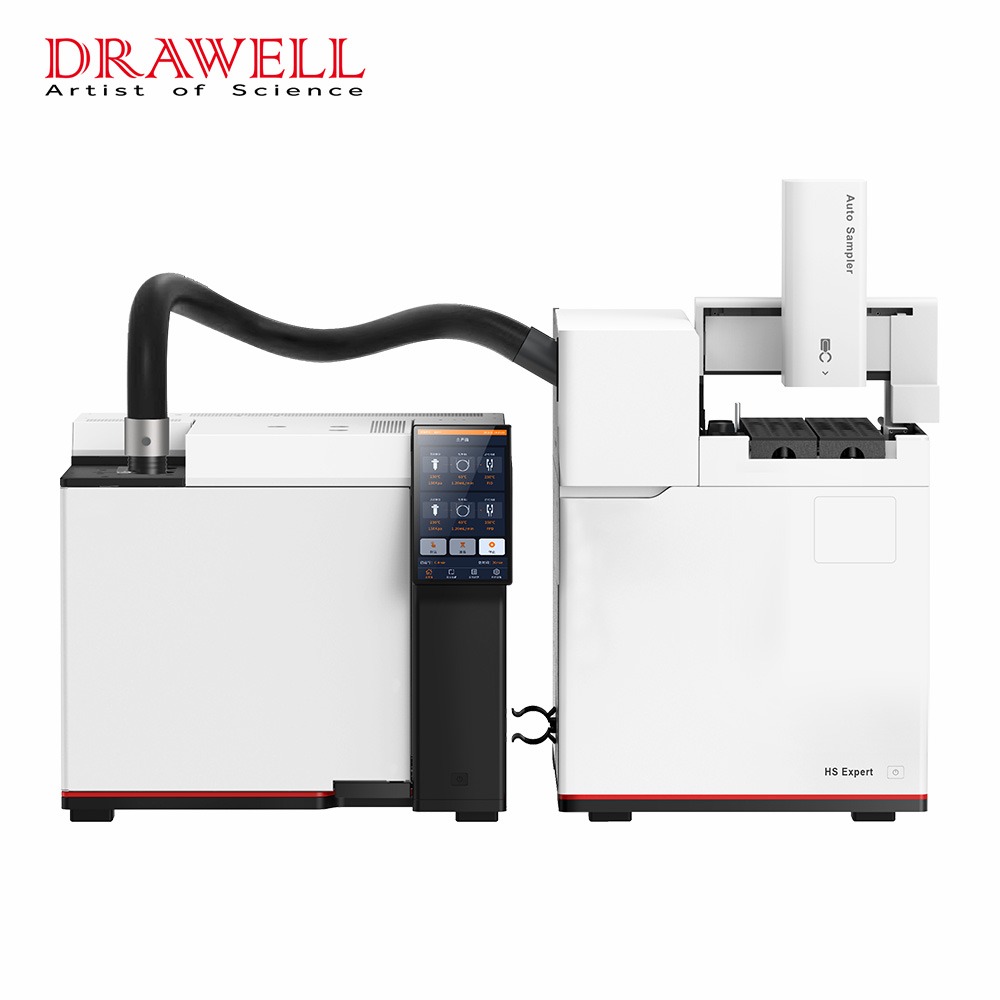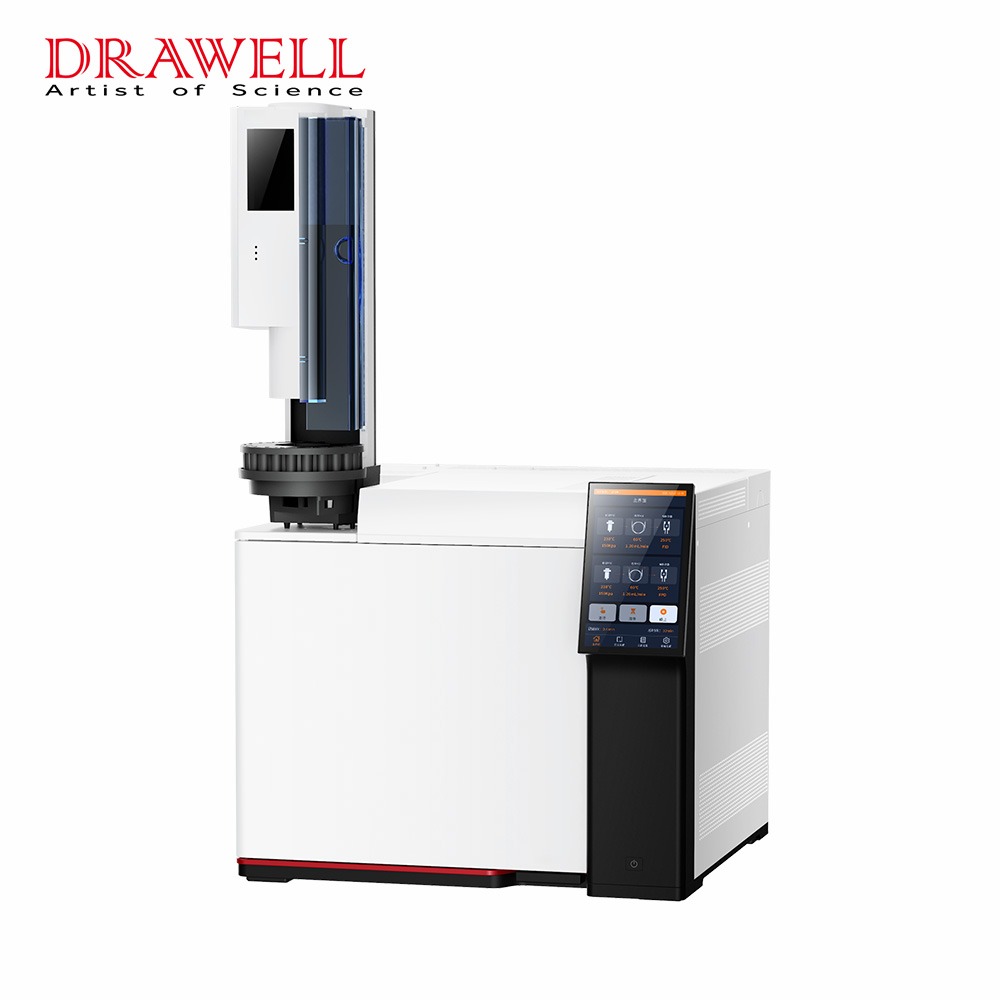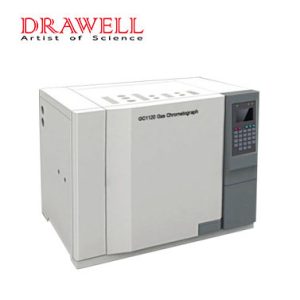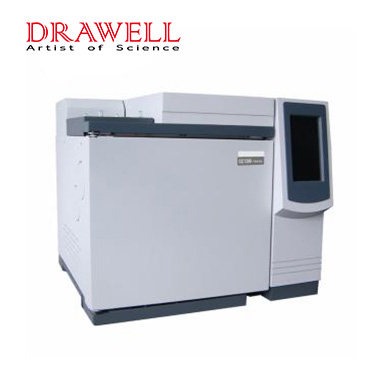Gas chromatography (GC) is a sophisticated analytical technique used to separate and analyze complicated mixtures of chemical substances in a variety of scientific and industrial domains. The detector, which is responsible for detecting and quantifying the separated molecules as they exit the column, is a vital component of a Gas chromatography system. In this article, we will discuss the topic of the types of detectors used in gas chromatography, exploring the principles, operation, and applications of different detectors used in Gas Chromatography and how to choose the right one.
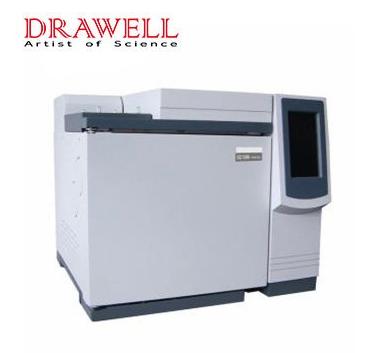
Common Types of Detectors Used in Gas Chromatography
Gas chromatography employs a variety of detectors to detect and measure these molecules. Each type of detector has its own set of operating principles, benefits, and uses.
Flame Ionization Detector (FID)
- Principle: FID works on the premise that when organic chemicals are burned in a hydrogen-air flame, they produce ions. These ions are collected by electrodes, which provide a current proportional to the chemical concentration.
- Advantages: FID is highly sensitive, versatile, and capable of detecting a wide range of compounds, especially hydrocarbons.
- Applications: Environmental analysis, petrochemical analysis, food analysis, and forensic science often use FID.
Thermal Conductivity Detector (TCD)
- Principle: TCD detects variations in thermal conductivity between carrier gas and sample components as they pass through a heated column. The change in thermal conductivity causes a change in electrical resistance that is proportional to the concentration of the chemical.
- Advantages: A thermal conductivity detector is a versatile detector that can detect practically any substance.
- Applications: TCD is a common technique in routine analysis and research, especially when the analyte is unknown or diversified.
Electron Capture Detector (ECD)
- Principle: To generate free electrons, an electron capture detector uses a radioactive source (often nickel-63 or tritium). When these electrons interact with electronegative chemicals like halogens or nitrogen-containing compounds, the electrical current is reduced. The current decrease is proportional to the concentration of the chemical.
- Advantages: ECD is highly sensitive to compounds containing electronegative elements and is used for the analysis of pesticides, halogenated compounds, and environmental pollutants.
- Applications: Environmental analysis, pesticide residue analysis, and drug testing commonly employ ECD.
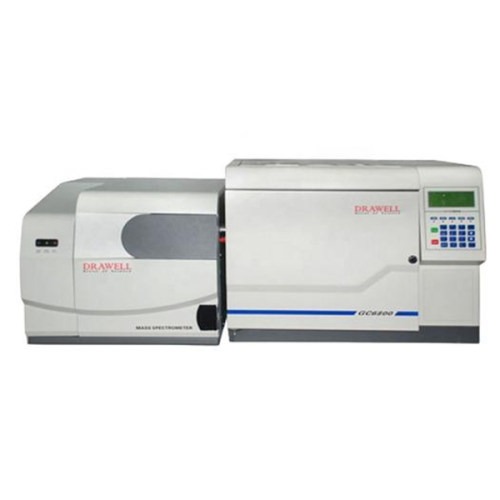
Mass Spectrometry Detector (MS)
- Principle: Gas Chromatograph and Mass Spectrometry (GCMS) combines gas chromatography with mass spectrometry. Ionization and fragmentation of the isolated chemicals eluting from the column are performed, and their mass-to-charge ratios are calculated. This results in a mass spectrum that can be used to identify chemicals and calculate their concentration.
- Advantages: GC-MS has a high specificity and can reliably identify chemicals. It’s commonly employed in forensics, environmental analysis, and pharmaceutical research.
- Applications: GC-MS is frequently used in drug testing, environmental monitoring, forensic investigation, and qualitative/quantitative analysis.
Flame Photometric Detector (FPD)
- Principle: Flame photometric detector is highly sensitive to sulfur, phosphorus, and organometallic compounds. It atomizes and ionizes these chemicals with a hydrogen-air flame, then detects them based on their characteristic emission wavelengths.
- Advantages: Because FPD is very selective and sensitive to certain elements, it is well suited for the analysis of sulfur and phosphorus compounds.
- Applications: FPD is commonly used in petrochemical analysis, environmental monitoring, and the analysis of organophosphates.
Nitrogen-Phosphorus Detector (NPD)
- Principle: NPD is sensitive to nitrogen- and phosphorus-containing compounds. It uses a hydrogen-air flame to produce chemiluminescence when these compounds are present.
- Advantages: Nitrogen-phosphorus detector is highly selective and sensitive to compounds containing nitrogen or phosphorus, making it suitable for detecting specific functional groups.
- Applications: NPD is often used in the analysis of pesticides, drugs, and explosives.
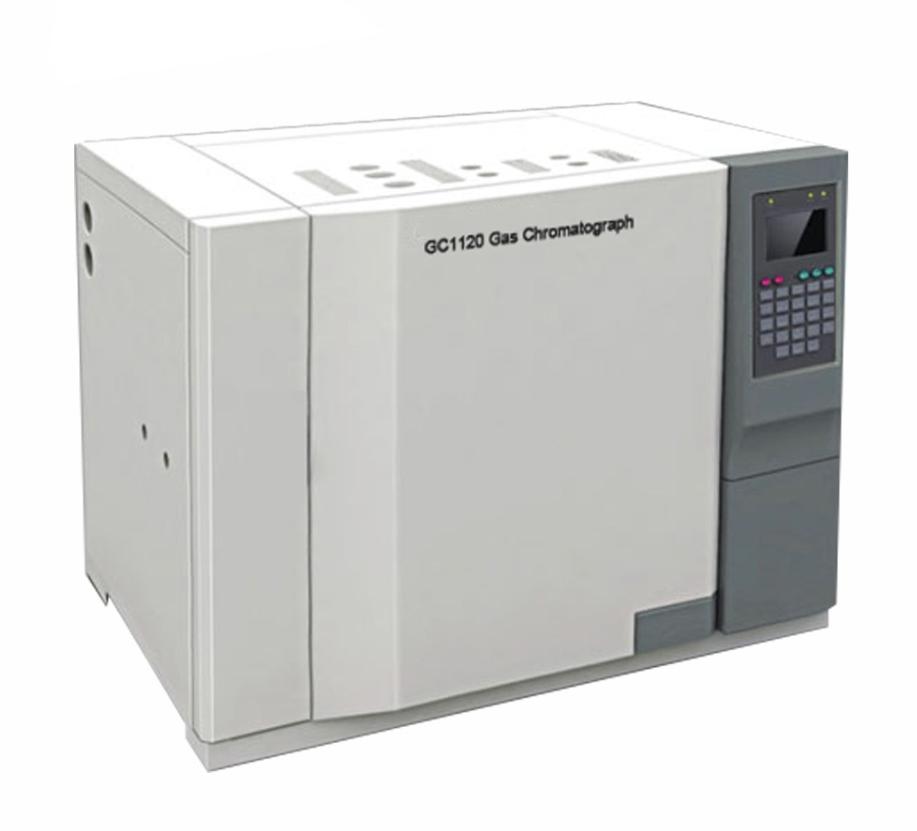
Factors to Consider for Choosing the Right Detectors Used in Gas Chromatography
It is critical to select the correct detector for gas chromatography (GC) in order to acquire precise and trustworthy analytical results.
1. Type of Compounds to be Analyzed
Chemical Properties: Consider the chemical properties of your sample’s molecules, such as volatility, polarity, and functional groups. Different detectors are better suited to different sorts of compounds. The Flame Ionization Detector (FID), for example, is appropriate for hydrocarbons, whereas the Electron Capture Detector (ECD) is ideal for electronegative chemicals such as halogens.
2. Sensitivity Requirements
Analytical Sensitivity: Determine the amount of sensitivity required for your analysis. Some detectors, such as the Mass Spectrometry (MS) and Electron Capture Detector (ECD), have exceptionally high sensitivity and can detect minute amounts of substances. Others, such as the Thermal Conductivity Detector (TCD), have lower sensitivity but are nevertheless useful for a wide range of applications.
3. Selectivity
Compound Selectivity: Assess whether the detector can selectively respond to the compounds of interest while minimizing interference from other components in the sample. For example, the Flame Photometric Detector (FPD) is selective for sulfur and phosphorus compounds.

4. Versatility
Universal or Specific Detector: Decide whether a universal or specific detector is more suitable for your needs. Universal detectors like the TCD can detect a wide range of compounds, making them versatile for routine analysis. Specific detectors, such as the FID or ECD, excel at particular compound classes.
5. Sample Matrix
Matrix Compatibility: Consider the matrix that contains your chemicals of interest. Certain detectors may be more susceptible to interference from complicated matrices or pollutants. In such instances, it is critical to select a detector that can successfully handle the sample matrix.
6. Regulatory Compliance
Regulatory Requirements: Ensure that your chosen detector complies with regulatory standards if your analysis is subject to specific regulations, such as environmental monitoring or drug testing. Some detectors, like the ECD for pesticide analysis, may be required to meet certain regulatory criteria.
7. Budget Constraints
Cost: Evaluate the cost of the detector and its associated consumables and maintenance. Some detectors are more budget-friendly than others, but they may have limitations in terms of sensitivity or selectivity.
8. Analysis Throughput
Sample Throughput: Consider how quickly you need to analyze samples. High-throughput laboratories may require detectors that can efficiently handle a high number of samples.
9. Instrument Compatibility
Instrument Compatibility: Check that the detector you’ve chosen is compatible with your GC system. Because not all detectors are easily integrated into all GC systems, compatibility is critical.
10. Operator Expertise
Operator Skill Level: Consider the amount of experience and training of the operators who will use the gas chromatography. Some detectors may necessitate particular skills to operate and maintain.
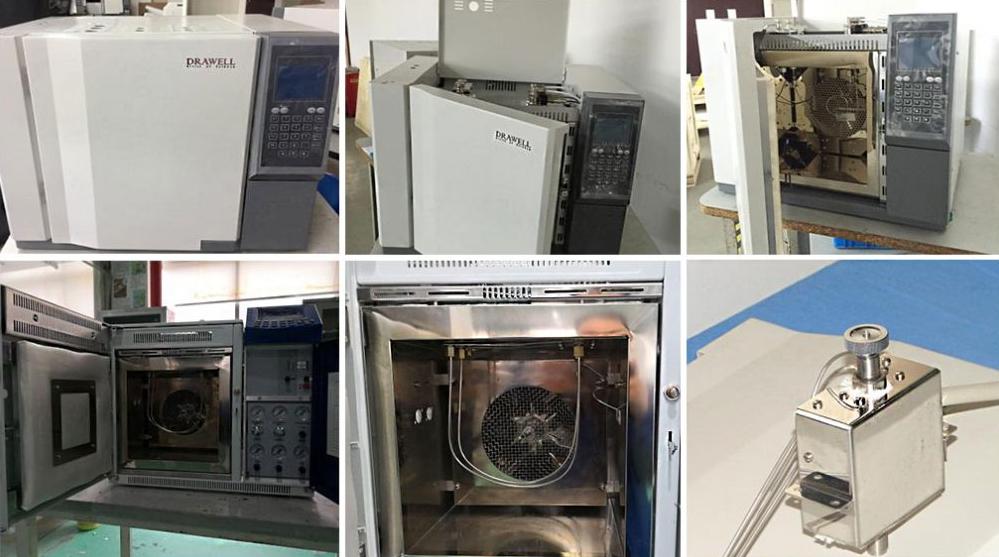
11. Data Requirements
Data Needs: Determine whether you require qualitative or quantitative information. MS detectors are great for delivering both qualitative and quantitative information, whereas FID detectors are generally utilized for quantitative analysis.
12. Application Specifics
Application Requirements: Finally, tailor your detector choice to the specific requirements of your analytical application using gas chromatography, whether it’s environmental analysis, pharmaceutical research, forensic science, or any other field.
Conclusion
Detectors are essential in gas chromatography for evaluating complicated mixtures of chemicals. Each type of detector has advantages and is chosen based on the analysis’s specific requirements.
The right detector is critical to the outcome of a gas chromatography study since it determines the specificity, sensitivity, and range of compounds that can be identified. These parameters are carefully considered by researchers and analysts when selecting the best detector for their analytical needs, ensuring accurate and dependable results in a variety of sectors such as chemistry, pharmaceuticals, and environmental science.

